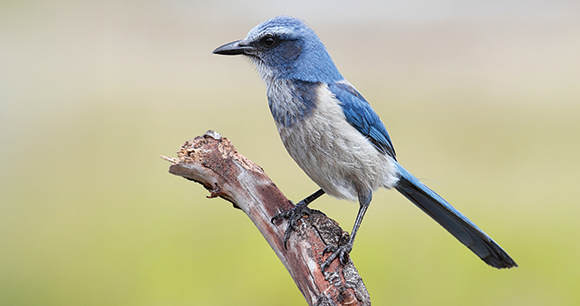In April, the US Fish and Wildlife Service (USFWS) and the National Marine Fisheries Service (NMFS) issued a proposed rule that would undermine protections for habitat that threatened and endangered species need to survive by rescinding the agencies’ decades-old definition of “harm” under the Endangered Species Act (ESA).

One of the ESA’s primary protective measures is a prohibition on the “take” of threatened and endangered species. The statute defines “take” to mean “harass, harm, pursue, hunt, shoot, wound, kill, trap, capture, or collect” such animals (or attempt to do so). Since 1975, ESA regulations issued by the USFWS have defined “harm” in this context to include “significant habitat modification or degradation” that “kills or injures wildlife by significantly impairing essential behavioral patterns, including breeding, feeding, or sheltering.” NMFS subsequently adopted an analogous definition to implement the ESA on behalf of threatened and endangered marine wildlife. The rule proposed in April would eliminate this definition of harm from the regulations.
In adopting the definition a half-century ago, the agencies relied upon the statutory text and framework and clear intent of Congress to protect species and their habitats. During hearings on the bill, legislators emphasized that, of the various anthropogenic threats to species, habitat destruction was “the most significant” and “the most difficult to control.” Thirty years ago, in Babbitt v. Sweet Home, the US Supreme Court upheld the regulatory definition, finding it to be in accordance with both congressional intent and the standard dictionary definition of the word. The definition had been upheld by lower courts prior to Sweet Home and has been applied in numerous cases since.
The agencies’ definition of harm is also underpinned by decades of rigorous ecological research and empirical evidence directly demonstrating that habitat protection and restoration are crucial for the survival and recovery of listed species. Simply put, wild animals cannot survive if the habitat they rely on for food, shelter, and raising young is obliterated. Today, habitat loss from degradation, fragmentation, and destruction is the leading cause of species imperilment and extinction, both in the United States and around the world. With more than 1 million species globally at risk of extinction in the next few decades, including 27 percent of mammals, 41 percent of amphibians, 21 percent of reptiles, and 37 percent of sharks and rays, protecting habitat is vital to stemming the tide of extinction.
Under the proposed rule, destroying trees that birds need for nesting and rearing chicks, filling in wetlands that fish depend on for spawning, and paving over grasslands that reptiles require for foraging would no longer qualify as “harm.” If the rule is adopted, threatened and endangered species stand to lose areas vital to breeding, feeding, and sheltering, severely diminishing their ability to survive and recover. AWI submitted comments in strong opposition to this proposal, and over 4,500 AWI supporters used our action alert system to submit their own comments. In total, the administration received nearly 200,000 comments, the vast majority in opposition to this dangerous proposal. AWI will continue to engage to defend the habitat that imperiled wildlife depend on for survival.